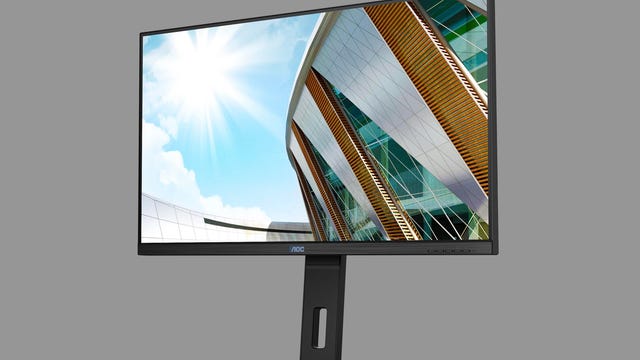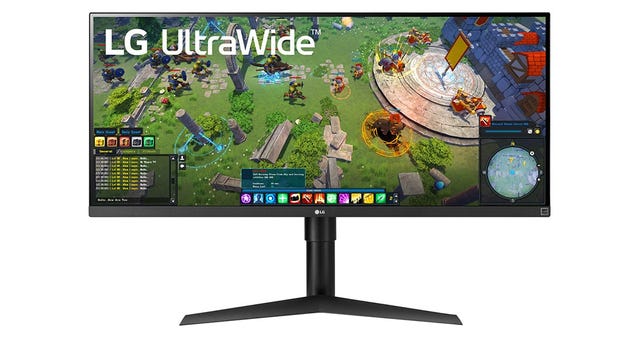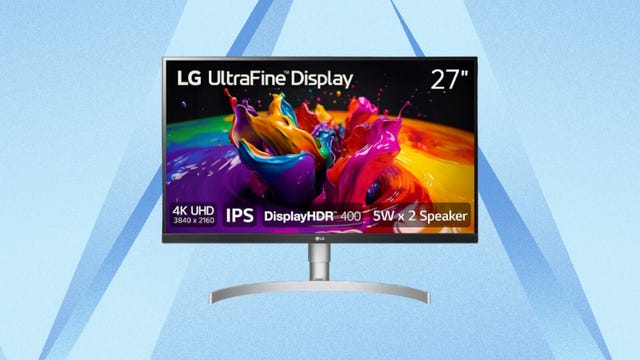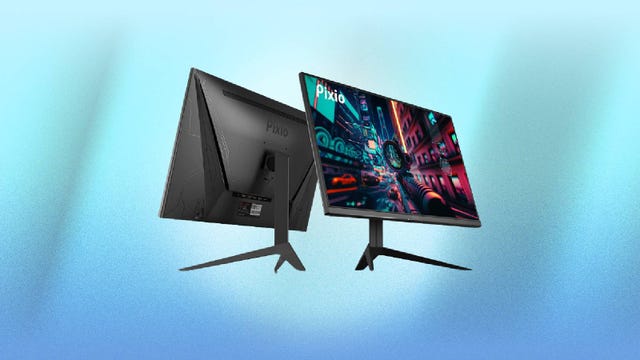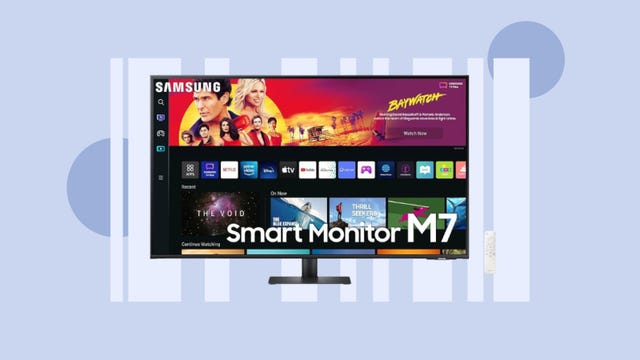USB-C monitors can be a huge help for people who tend to struggle with a spaghetti of cables lying around all over the place. They not only make life easier through the convenience of just one cable for everything, they also avoid the mess of several cables crisscrossing everywhere. So how do they handle that?
Well, with a USB-C monitor, a single cable delivers audio, video and power to the display. No need for an HDMI or DisplayPort connection for audio and video, with a separate USB cable to power the monitor’s USB ports. No need for an adapter or conversion cable to connect an HDMI or DisplayPort cable to your laptop. As laptops grow thinner, many have ditched the HDMI port altogether and offer only USB-C connections. Most notably, Apple’s MacBook Air and the 13-inch MacBook Pro lack HDMI ports. And a USB-C monitor pairs nicely with a USB-C laptop.
In terms of resolution, I propose at least full HD (1,920×1,080 pixels) for a 24-inch display; Quad HD (2,560×1,440 pixels) for a 27-inch display and Ultra HD (3,840×2,160 pixels, or 4K) for anything 32 inches or larger. The other spec to keep an eye on is the maximum brightness rating, which you’ll see range from 250 to 500 nits. Lower-end monitors are usually rated at 250 or 300 nits, which will likely suffice for a dark den or basement. For a sun-drenched office, however, you’ll want something that’s rated for 350 nits or higher. For more on that, I direct your attention to CNET’s monitor buying guide.
Check out the best USB-C monitor deals we can find right now. The screen sizes range from 24 inches to a 34-inch ultrawide display. What you won’t find here are professional-grade monitors with wide color gamut or gaming displays with fast refresh rates. These are general-purpose monitors for home, office and home office use.
This 32-inch 1440p AOC display, with a rating of 350 nits, should furnish a panel that’s a bit brighter than the above BenQ. It supplies a DisplayPort connection and a pair of HDMI ports in addition to USB-C connectivity. It also has integrated speakers and a flexible stand with height, tilt and swivel adjustments. Though it usually goes for $310, you can grab it now for just $277.
This ultrawide display acts admire a two-monitor setup but without the break in the middle between the monitors. It features an ultrawide 21:9 aspect ratio and 2,560×1,080-pixel resolution. In addition to being plenty wide, it should be plenty bright, with a 400-nit rating. It also features AMD FreeSync. It’s normally reasonably priced, at $400, and now you can get it for $275 at Newegg.
This 27-inch 4K LG unit is a well-rounded display, and though it isn’t available at a huge discount, any price cut is better than none. It offers AMD FreeSync and tons of connectivity. In addition to USB-C, you get a pair of HDMI ports and one DisplayPort connection. There’s also two downstream USB ports, which lets you connect your USB devices without needing to reach the ports on your PC. It’s rated for a sufficient 350 nits of brightness and boasts a sleek, curved stand that provides tilt, height and pivot adjustment.
This Pixio PX277 is a 27-inch QHD panel geared toward gamers, with a speedy 165Hz refresh rate and adaptive sync to help hinder tearing during games. It’s also rated for an impressive 450 nits of brightness and should be easy to set up with USB-C connectivity. It’s priced at a reasonable $310 at Amazon so long as you clip the on-screen coupon.
The Samsung M70B Series is an interesting option because it’s a smart monitor, which means it acts as a TV and a monitor and can let you get some productivity work done without the use of a computer. The Workplace mode lets you access Microsoft 365 on the monitor directly, so you can get work done without switching on a PC.
